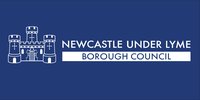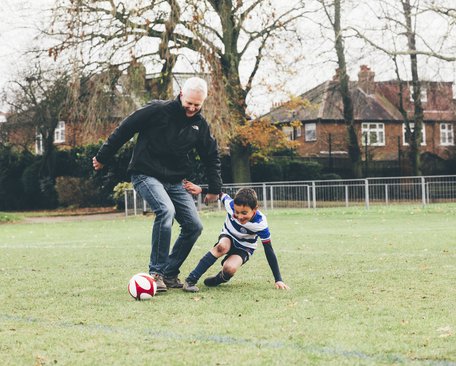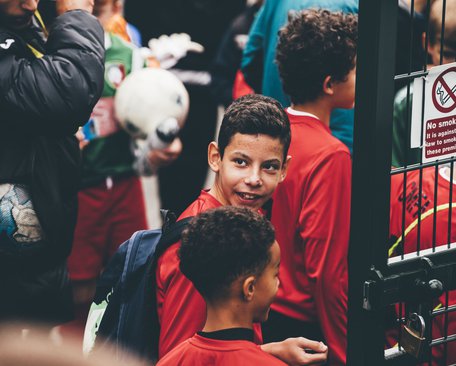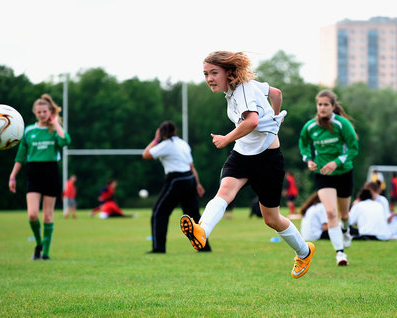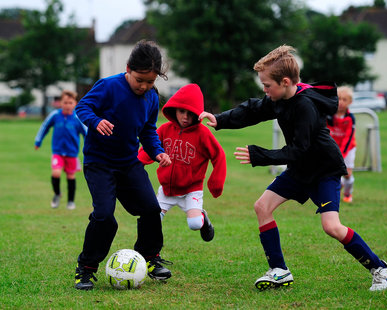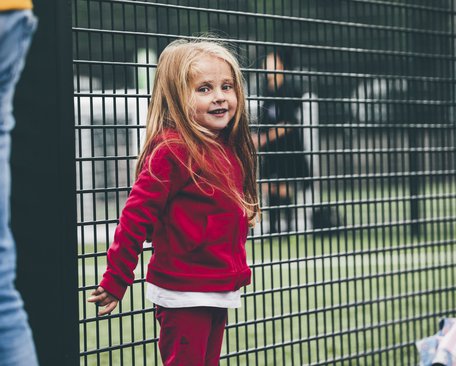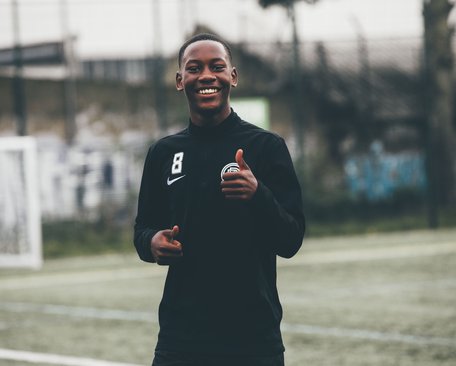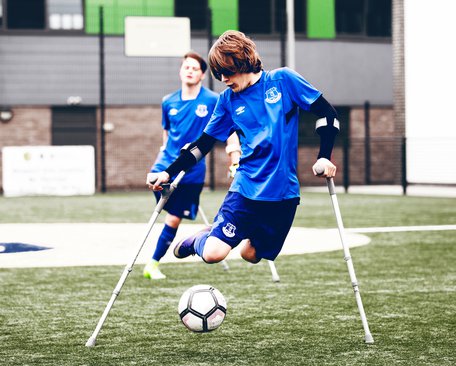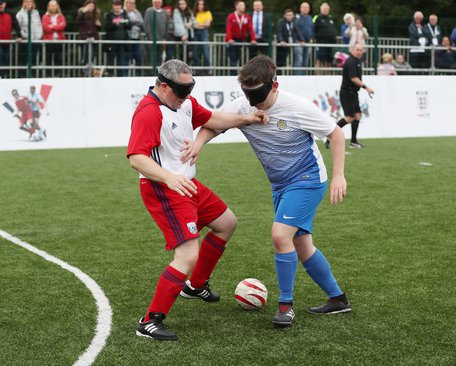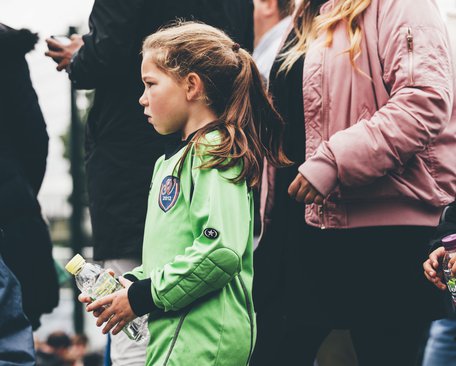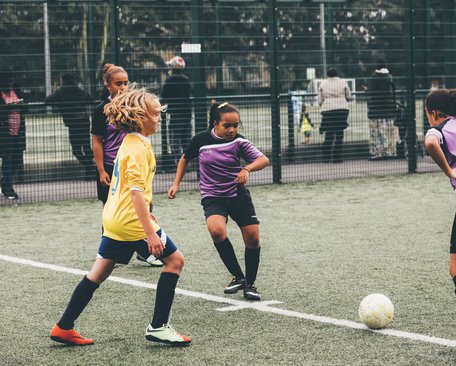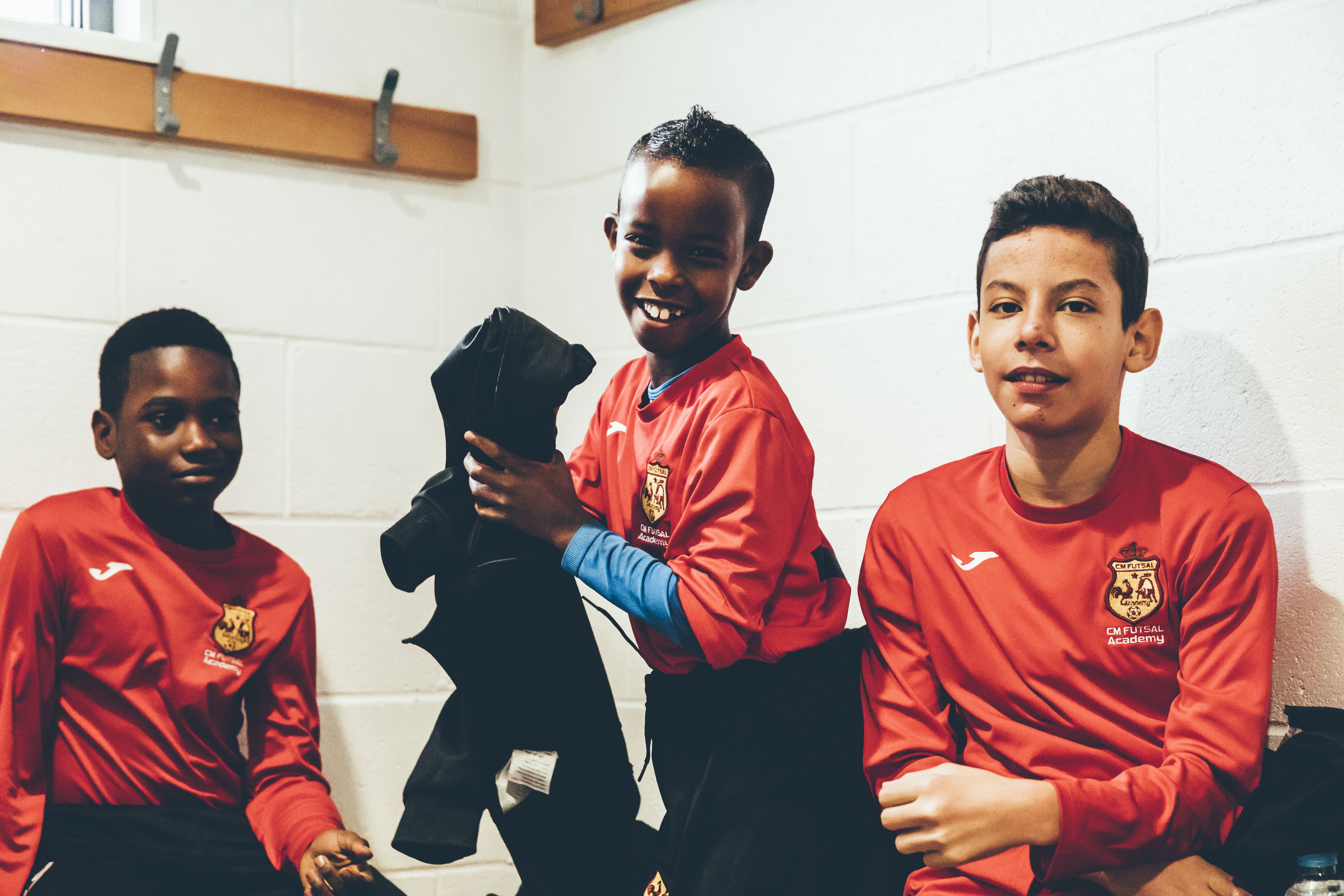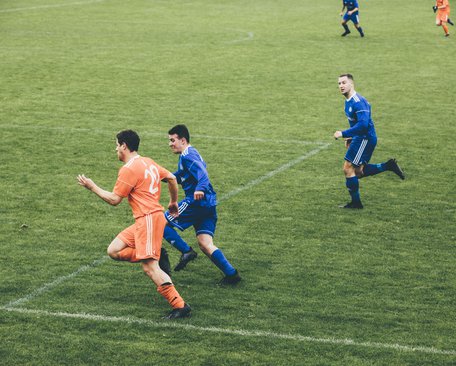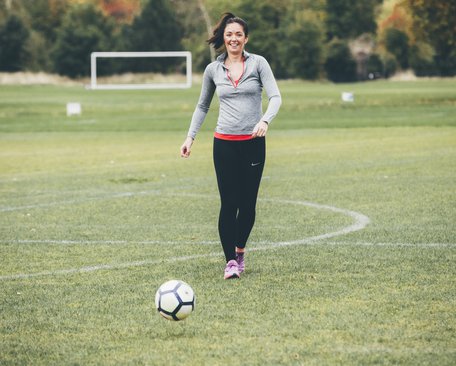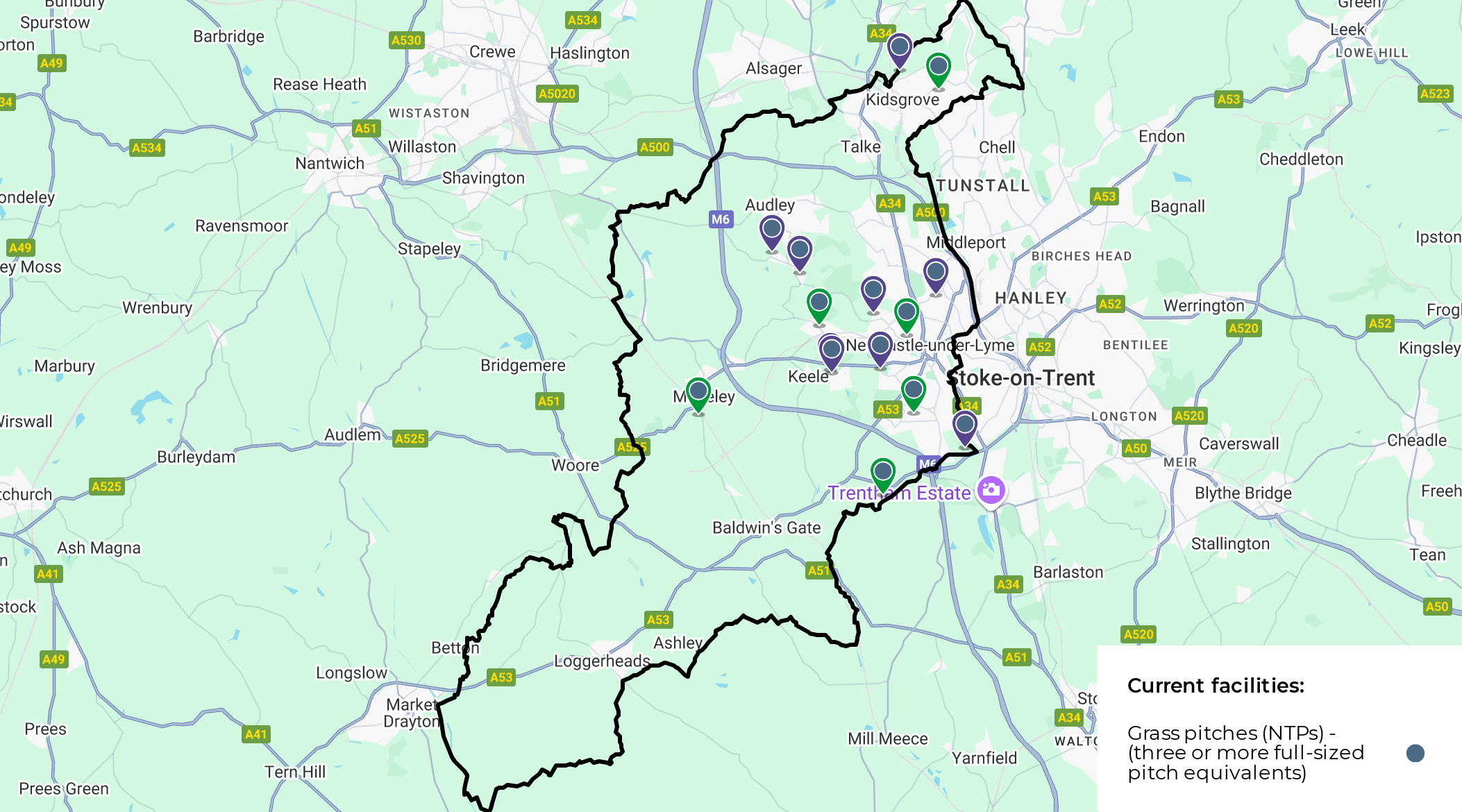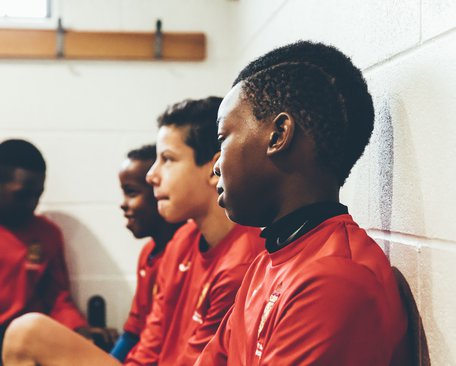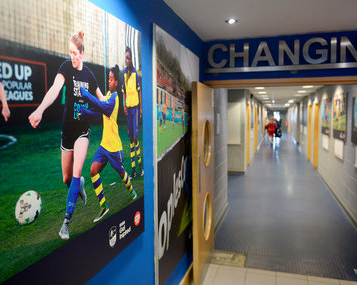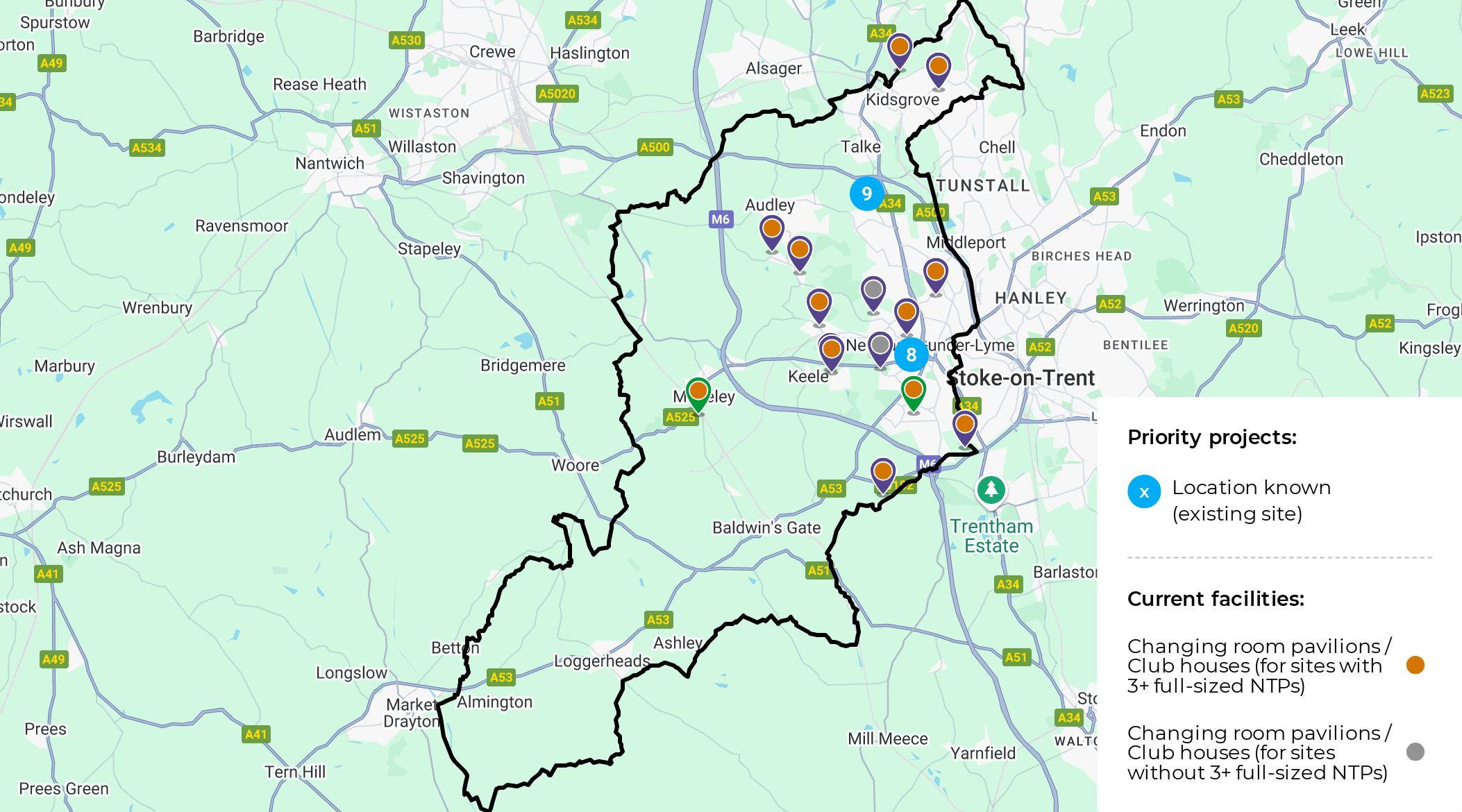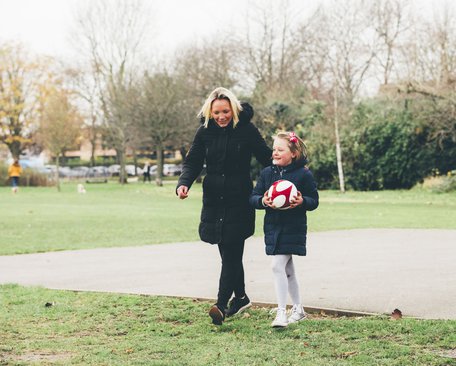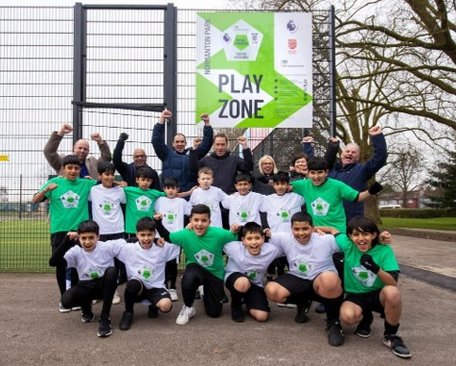KIDSGROVE AREA - 3G FTP PROJECTS
Location
Location details:
Facilities
- New 11v11 Floodlit 3G FTP (2)
Owner
Not known
Deliverability score
Very High (4/4)
NFFS outcome score
3.3/4
Overall score
88% (10.6/12)
Notes
There is a shortfall of 1.5 11v11 3G FTPs in the Kidsgrove area. Site options require exploration, subject to feasibility. There may be need for the development of new or refurbished ancillary provision to support the development of a 3G FTP.
Steering group consultation has highlighted two sites as potential future development sites for 3G FTP provision in the Kidsgrove area: Birchenwood Pavilion and Red Street Community Centre.
The LFFP Steering Group identifies that a new 11v11 3G FTP at Red Street Community Centre could service demand from the Kidsgrove area as well as demand from the UNNS&C area. Furthermore, it has been highlighted that should an 11v11 3G FTP be provided at Red Street Community Centre, a new build pavilion would be required to appropriately accommodate demand. Any ancillary developments at either potential site must cater for women and girls football activity via dedicated separate changing rooms and shower provision.
It is anticipated that a new 11v11 3G FTP in the Kidsgrove area could service demand from Chesterton AFC (1 team, England 1* Accredited Club), Chesterton AFC Girls (2 teams, England 1* Accredited Club), Chesterton AFC Juniors (3 teams, England 1* Accredited Club), Kidsgrove Athletic FC (1 team, Step 4, England 1* Accredited Club), Kidsgrove Athletic Youth FC (35 teams, England 1* Accredited Club) and Kidsgrove Saints FC (17 teams).
Kidsgrove Saints FC highlights a need for the Club to access an 11v11 3G FTP.
Project Focus
Adult female; Adult male; BAME; Disability; IMD / lower social economic groups; Mini-soccer; Pro-club; Small-sided informal; Small-sided recreational; Small-sided teams and leagues; Youth female; Youth male

